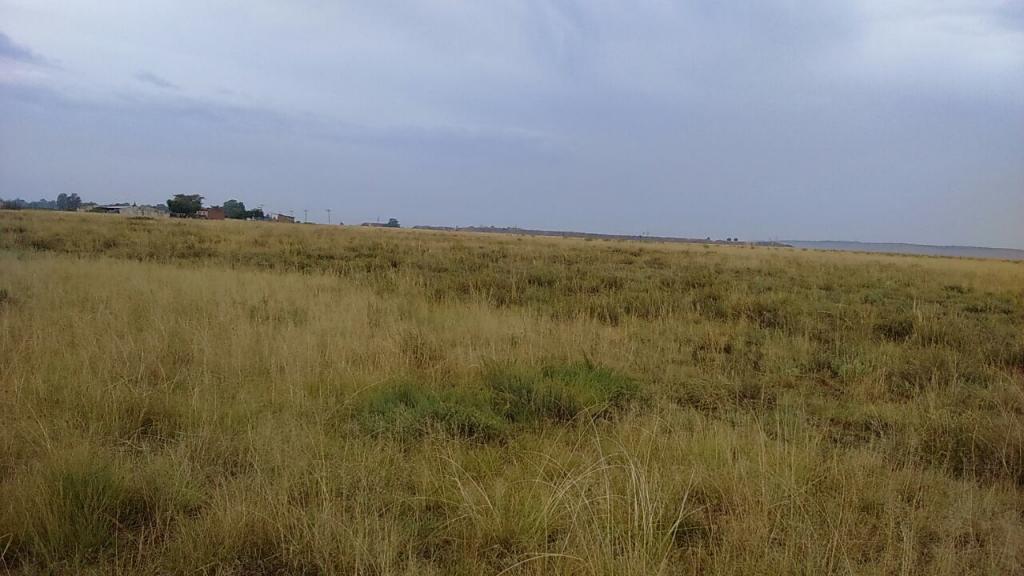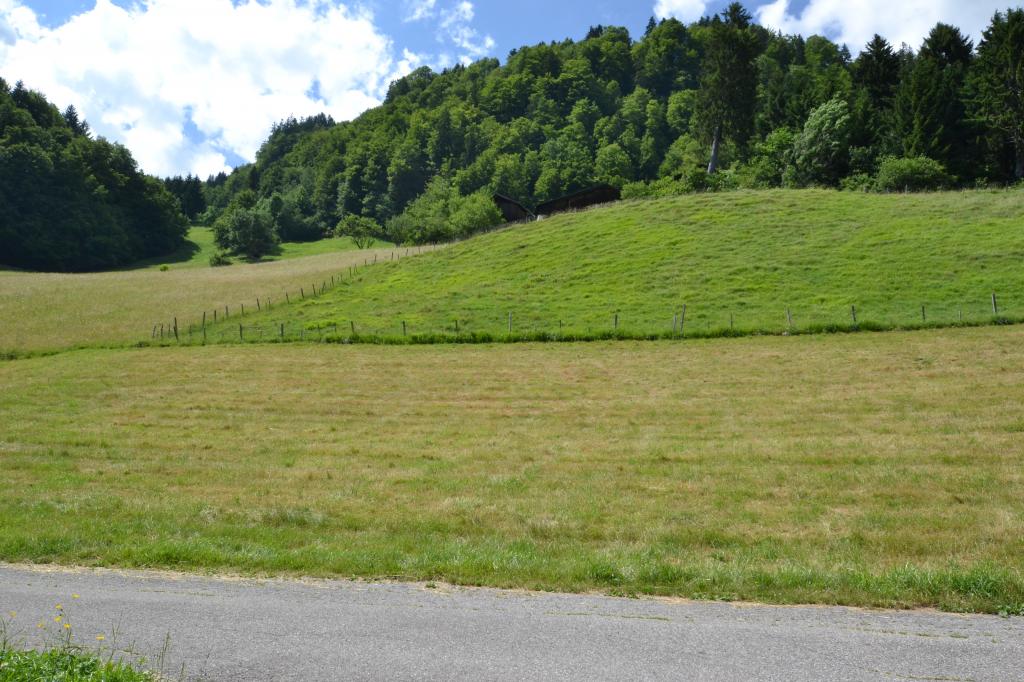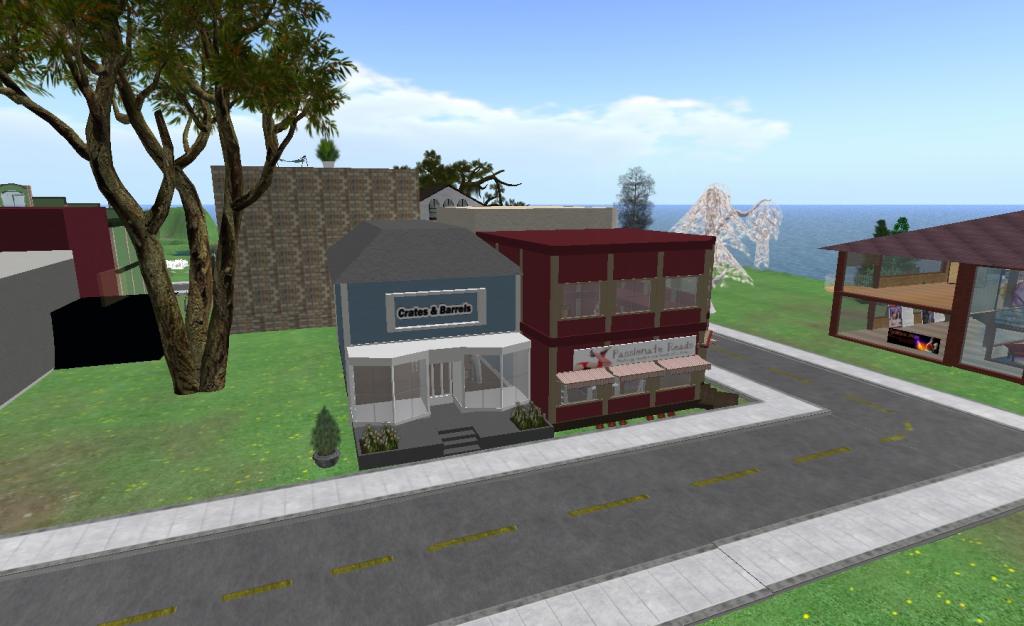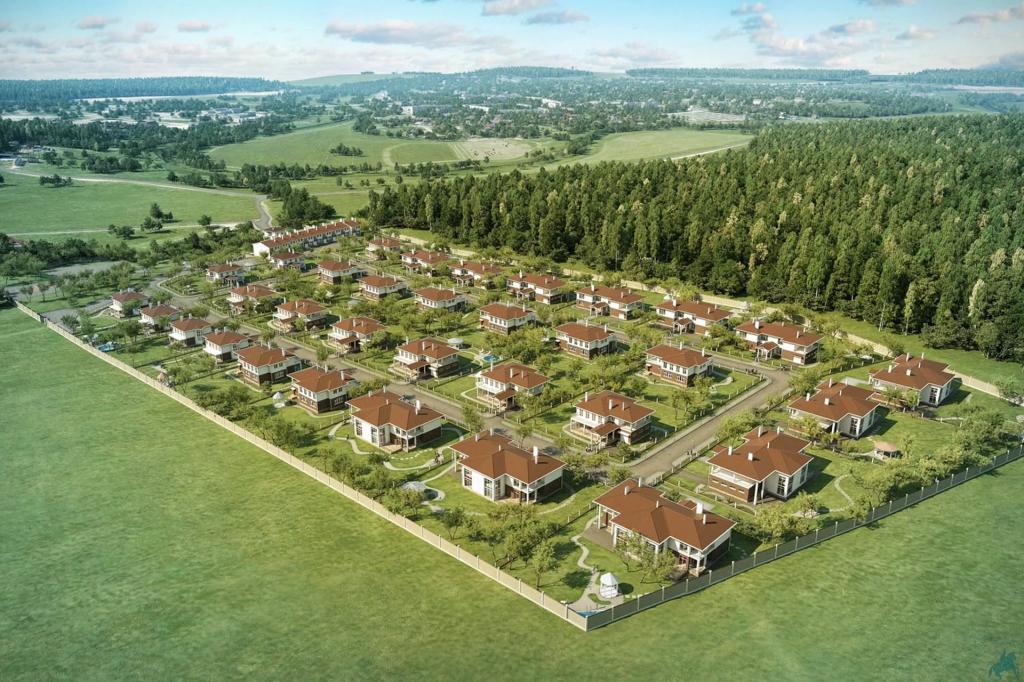Under the objects of legal relations as a whole understand the relationship that develops between different subjects of law in connection with the benefits of tangible and intangible nature. A distinctive feature of land relations is that their object is land. “Earth” is given different definitions. This is the whole planet, and the habitat of man.
Object of regulation and goals
In relation to the objects of the corresponding relations, theorists sometimes share the earth as an object of regulation and an object of purpose. If we consider directly the objects of land relations, then in the first case we will talk about land, and in the second case - about its effective and rational use, as well as the creation of conditions for the creation and development of an appropriate market, concern for maintaining fertility, improving the natural environment and protecting rights of subjects of these legal relations.

Article 6 of the LC RF
This article of the Land Code defines:
- Of the earth.
- Plots of land.
- Parts of land.
Land is considered as a natural object associated with its protection and control over the implementation of legislation in relation to protection and rational use.
Land plots means a part of the earth’s surface, together with soil, which has certain boundaries in accordance with the current requirements of the law. In land law, it is this concept that acts as the main objects of land relations. According to the RF Labor Code, they can be owned by right of ownership as an immovable thing, which is a part of the surface of the earth that has properties that allow it to be considered a certain thing.
The formation of land is the basis for land management, which is regulated by the Land Code and the Law on Land Management No. 78-FZ. Artificial land can be created in the manner prescribed by special law. There are certain requirements for their design. So, the objects of land relations in the form of land should be determined individually. This means that they must have boundaries that are recorded in documents establishing ownership. In addition, the plots have a specific location, number of square meters, purpose and permitted use.

Land classification
These objects of land relations are:
- Divisible.
- Indivisible.
In the first case, the possibility of separation into separate independent plots is implied. In the second case, the section is considered impossible, according to Art. 133 of the Civil Code, which refers to the indivisible thing.
Parts of the land may be in common ownership. They do not stand out on the ground, but are considered separate objects of land relations. Are land plots part of civil law or not, they always remain natural objects and resources.
Land classification
The law provides for the division of land for its intended purpose. In accordance with this land are:
- Agricultural purpose.
- Settlements.
- Industrial, energy, communications, transport, television, broadcasting, informative, space, defense or other special purposes.
- CBO and related facilities.
- Forest Fund.
- Water fund.
- Stock.
Features of all the lands of Russia

Earth is part of the natural environment. Thus, the subjects of the relevant legal relations cannot apply it in contradiction with objective natural laws.For example, entities (owners, owners, users and tenants) are obliged to use environmental production technologies in order not to worsen the environmental condition of the existing site.
The earth serves as the basis for the life of the peoples living on it. And the subjects of land relations must first of all take into account the interests of these people, conducting their activities rationally.
There are no alternatives for the human environment except land. Therefore, when it comes to the provision of plots in places of vital activity of small peoples for purposes that are not related to their activities, the opinion of local residents is mandatory.

The limited land resources are also taken into account, in connection with which the land must be used in a normalized and economical manner. This means that land can be provided within certain limits, both for agricultural purposes and construction, as well as entrepreneurship.
Another feature is related to the fact that land is real estate. This leads to various land legal relations, such as establishing the boundaries of formations, creating new and streamlining existing land holdings, allotment of land in kind on the ground and so on.
Features of certain categories of land
Legal relations arise in connection with the main purpose of the land, that is, the assignment of a particular plot to a certain category. For example, land as an object of land relations, the purpose of which is agriculture, has an appropriate category in connection with the fact that it is suitable for use in this area.
The main feature, according to which land plots belong to a certain category, does not mean the impossibility of their use for other purposes. For example, agricultural land may be located on land belonging to a forest fund.
Categories of land are not objects of land-property relations in the form of ownership, possession, use or lease, since they may contain many users of different purposes.
Features of certain types of land categories
Features of specific land are expressed in their area and location. The location of the site indicates the category in which it is located, and the area of the site indicates which land it borders on and what restrictions appear because of this.

Special objects of land relations are zones with a special purpose of land use. They are created to provide the necessary conditions for the operation of transport, industrial and other facilities. Sites where security zones are established are not withdrawn. However, within their borders there is a special use regime that prohibits or restricts certain types of activities that are incompatible with the objectives of protection.
Depending on the intended use of the land, its properties also acquire a certain legal significance, namely salinization, fertility, etc. If construction is planned, then these indicators do not matter. But in agricultural activities, they have a significant impact on land relations.
Regulated plots of land
It divides land under the legal regime land law. Objects of land relations on this basis are divided into:
- Land, that is, without natural objects.
- Land, having communication and other objects of natural significance. Then the mixed legal regime applies.
For example, in the territory belonging to the natural park, there may be lands of other categories. However, legal entities using these lands must comply with the requirements relating to the category to which the lands belong, on the one hand, and the legal regime of the natural park, on the other hand.
Since the land is real estate, it is possible to build real estate on it. Then the legal regime of the land will be intertwined with the civil law regime.
Land plots are:
- Free from real estate.
- Having real estate that affects the legal regime.
For example, ownership of a building may be transferred to other persons if a plot of land is transferred in this case. If the construction is transferred to several persons in ownership, then accordingly the right to shares of the land is divided in proportion to the share of ownership of the construction.
On the land can be located not only a building, structure or other similar property, but also a natural object. Then the site acquires a mixed legal regime, to which land, property and natural-resource norms of law are applied. For example, if the land of the water fund can be used for agricultural purposes, then the following applies on the site:
- Water legal regime in relation to a water body.
- Civil regime in relation to the property.
- Land treatment in relation to a plot of land.

Inspection of objects of land relations
Let's consider this question in more detail. One of the most important procedures of land law is the examination of objects of land relations. It is regulated by article 71.2 of the LC RF. The event consists in the study of the relevant object, taking into account the data contained in open state or municipal type information systems. Information can be obtained:
- As a result of monitoring.
- Studying documents and information received remotely (using zoning, aerial photography of space or photo, soil analysis, environmental status).
Procedure
An administrative survey of objects of land relations includes the following algorithm of actions:
- The receipt of a complaint, on the basis of which an order is made to appoint an appropriate study.
- Appointment of a specialist who will deal with this issue.
- Implementation of requests in order to obtain the necessary information and the implementation by the employee of other supervisory actions.
- When identifying deficiencies in the operation of the plot, an act of administrative inspection of the land relations object is drawn up. Based on this document, the guilty person may be held administratively liable. In the absence of violations, a conclusion is drawn up about this fact.
Conclusion
Subjects and objects of land relations are owners, owners, users and tenants, on the one hand, and land plots, land shares of certain categories and types, on the other hand.
The characteristics of lands as objects of relevant relations affect the legal regime, which is distinguished by certain specifics and the rights of subjects. The characteristics of all lands include natural origin, a single habitat, as well as immobility and limitedness in space. There are also features that relate to specific categories and specific sites.

The plots are purely land, with existing natural objects, with available property, with available natural objects and property. Depending on this, the legal regime that applies to them is determined.
In different cases, it may be necessary to examine the objects of land relations, as a result of which (in case of violations) a corresponding act is drawn up or (in their absence) a conclusion.
